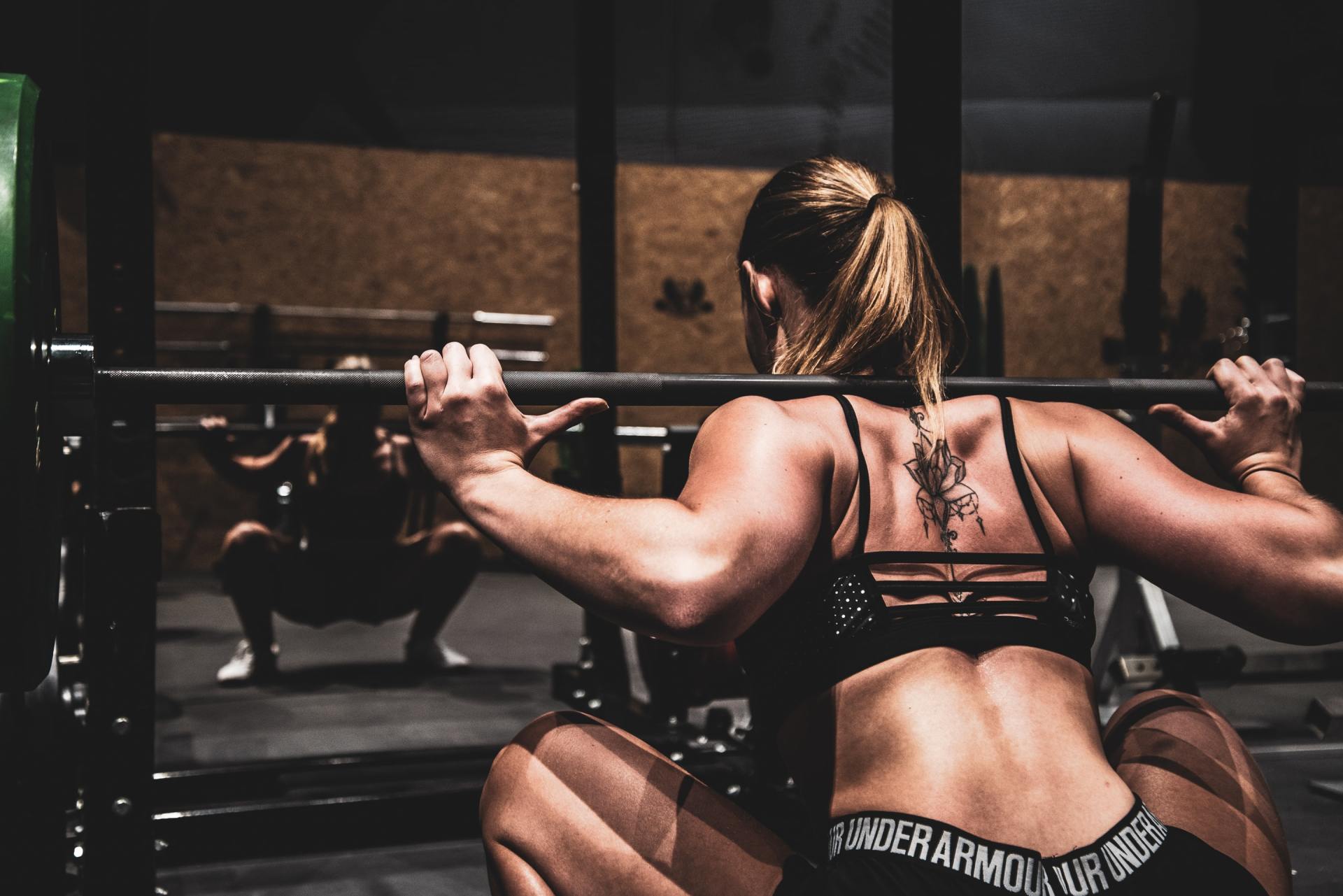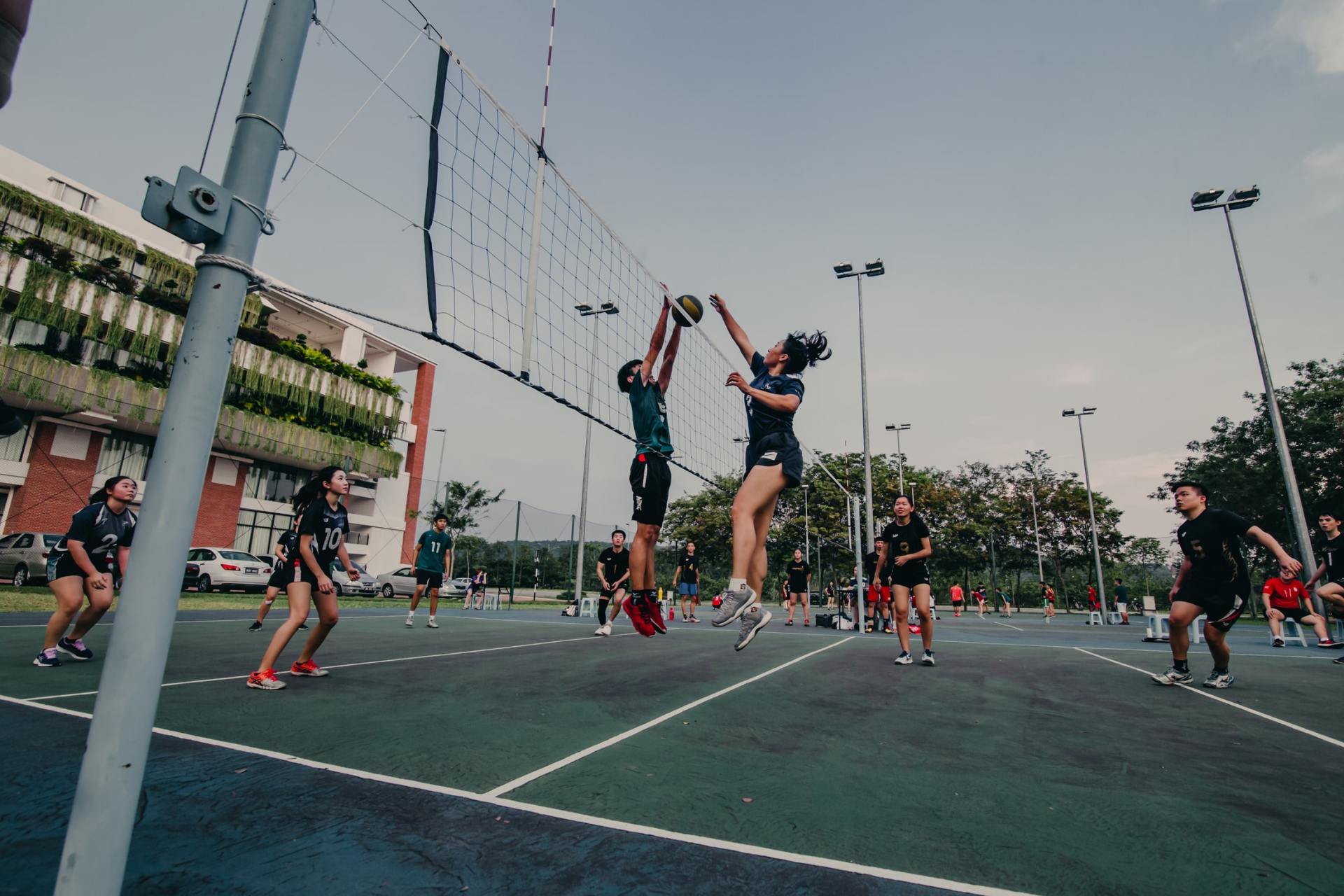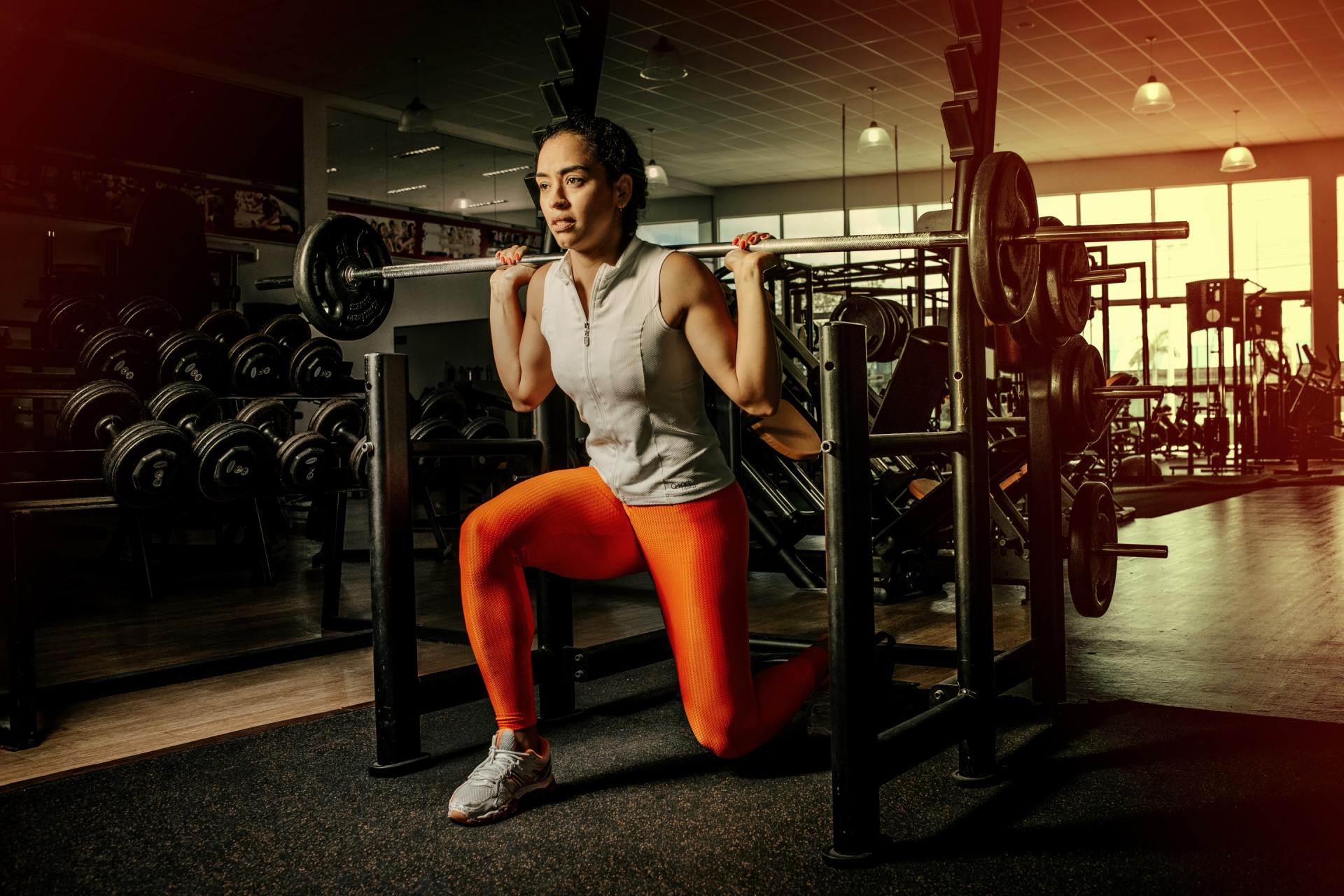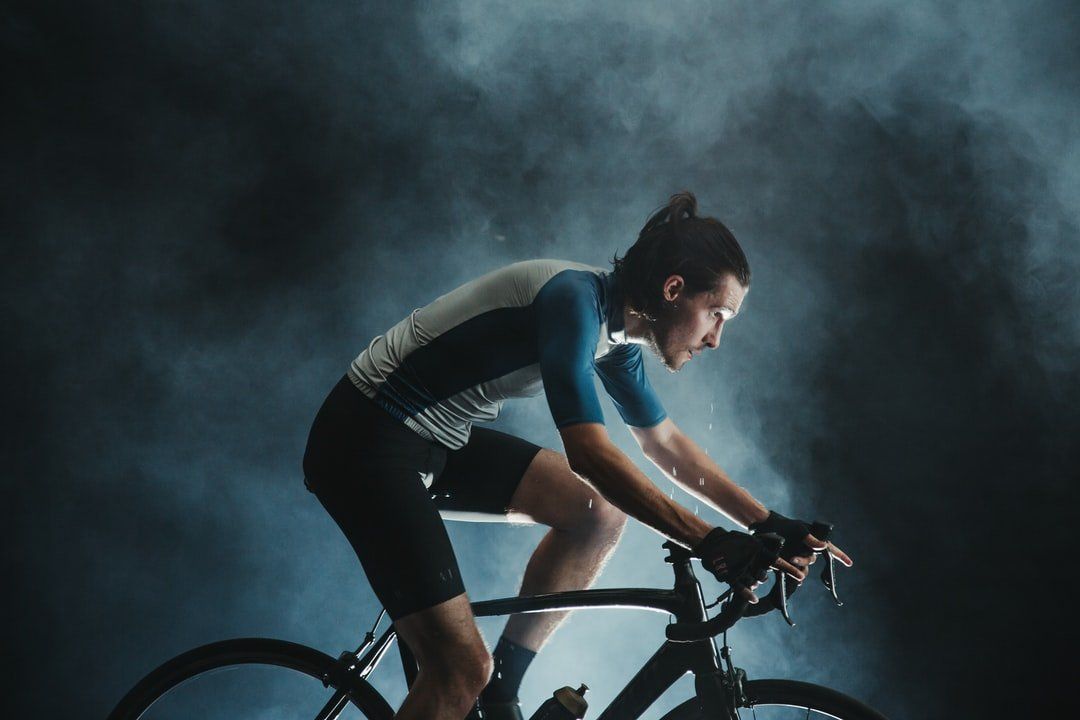Specificity
How to ensure your training matches your sport...
The term ‘specificity’ within training is where an athlete is trained in a particular manner to produce a certain adaptation or training outcome. For instance, this could be where you are training for a 10-mile time trial.
There would be little or no benefit from training longer than the event. Alternatively, it could be that you are struggling with climbing – so increase your training volume of hill reps.
When applying specificity to resistance training, it’s important to ensure that we are choosing exercises that use the muscles that are also prevalent within cycling.
Equally, it’s important to understand the movement pattern and the muscle action (for instance speed or force application of an exercise).
However, that doesn’t mean that a replication of the cycling movement is performed in the gym. A squat is a fundamental exercise for improving jump height – but the exercises don’t particularly look the same.
For instance, the speed of movement, displacement and force required are very different. But the movement pattern and extra force required for a squat link nicely to jumping.
The same could be said for variations of squatting movements and muscle usage for cycling performance. A little research suggests that the glutes, quads and calves are important for cycling performance.
Obviously, there’s lots of others required for stability etc, and these will be covered in a separate article.
Knowing the muscles being used enables the coach to then start to determine exercises with similarities that would benefit cycling performance.
It should also be recognised that each leg tends to work opposite to the alternate leg (one pushing and one pulling, or trying to push and pull a circle). Therefore single-leg exercises that push and pull would be beneficial.
This is useful, as there is the theory of Bilateral Deficit that can be utilised to benefit performance further. To briefly explain – you can jump more than half of your double leg jump height on one leg. This is because your body activates more muscle fibres in single leg exercises.
So, by using single leg exercises in training, it’s theoretically possible to produce bigger effects than using double leg exercises alone.
That’s not to say that you should only do single leg work. Generally, the maximum weight you can lift will be on two legs, so variation is the key here.
A useful acronym to employ when determining which exercises (or indeed training style) to use is the S.A.I.D principle. It stands for Specific Adaptation to Imposed Demands. Essentially, your body will adapt to the demand placed upon it.
So over time, lifting heavy will improve strength and lots of sets and short rest can improve size. In terms of cycling, repeated 20-second max efforts will improve lactate tolerance etc…
Another important consideration when employing specificity is to evaluate what part of the season you’re in. Options are pre-season, in-season, post-season and off-season.
As an athlete transitions through these phases, the training can be more or less specific. If the aim is just to get strong for the season ahead, compound (multi-joint) movements such as a deadlift or squat might be perfect.
Transitioning into the pre-season, this might change to elevated split squat and stiff leg deadlift, or even utilizing jumping exercises to increase velocity (speed) of the limbs.
This is because the preparation is developing from a generalised training through to a more organised sport-specific programme.
In summary consider these points when picking exercises:
- Muscles used in the sport
- Movement Pattern of the sport
- Velocity required
- Point in the season
- Your weakest attribute
- What you want to achieve
~ JC
